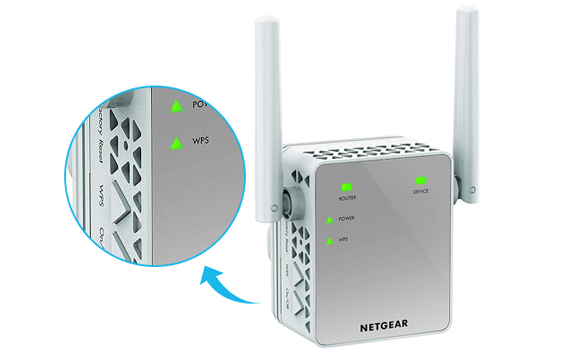Having a WiFi network at home is not always roses and unicorns. At some point in time, you are going to face issues with the home network despite achieving mywifiext setup success. In such cases, you cannot just replace each Netgear device. So, the best thing you can do is to power cycle your home network.
In this method, you simply turn off the devices and turn them back on. The home network consists of the computer, modem, router, extender, and all other wireless or wired devices. Let’s first understand a few reasons to reboot the home network. After that, you should get through the whole process. Keep reading.
Why Reboot the Home Network?
No Internet Connection
Do you have a strong internet connection? Still, wireless devices can’t access an internet connection? In such cases, you should power cycle your home network. Troubleshooting each device manually is going to take a toll on your life.
Extender Not Detected
When the Netgear_ext (SSID) is not visible on your network list, you can never connect to the Netgear extender. In that case, you might say that the extender is not detected. Hence, the issues could be at any end starting from your computer to your extender. So, you should simply power cycle the home network.
LEDs Keep Blinking on Extender & Router
Are you going nuts over LED lights blinking on your router or extender? Well, as mentioned before, issues can occur anywhere in the home network. So, to resolve the LED issues, you should reboot every device in your home network.
Steps to Do Power Cycle the Home Network
With that said, let’s explore different steps that you can use to perform the power cycle of your home network. Keep reading.
Turn Off Devices
Begin with turning off the power of all the devices in your home network, even your computer or laptop. Remove their power cables (if any) from the wall sockets. This is done to get the devices off the current supply. Therefore, turning off the devices completely cuts off the power and internet cycle.
Power on the Modem
Wait for 2 minutes before turning on your modem. Connect the Ethernet cable to the modem and then plug the modem into a power socket. Turn on the power and press the start button on the modem (if there is any).
Let the modem boot up and establishes a firm internet connection with the ISP (Internet Service Provider). This step might take longer than usual. Make sure you wait until the internet connection LED lights up.
Turn on the Router
Once the modem is on, you should get your router ready. Plug it into a wall switch and connect the Ethernet cable coming from the modem. Hence, avoid connecting the router and modem wirelessly, at least for now.
You should wait at every step to ensure that the router LEDs are turning on or off as per the requirement. In case there comes any issue, take a step back and restart the process.
Connect Extender
Here comes the crucial part. Power on your Netgear extender and connect it to the router. Furthermore, adjust its antennas (if any). You might need to access the extender dashboard to adjust the area covered by the WiFi range extender.
Know that you can connect the devices using two methods. The first one requires you to make use of the wireless source of connection and another requires you to use an Ethernet cable, i.e. wired source of connection.
For that, you need to turn on the computer. So, replug your computer and turn it on. Open a web browser to do the Netgear extender login.
Access Extender Dashboard
After opening the web browser, access the www.mywifiext.net setup wizard and do the required changes. With that, your home WiFi network is completely rebooted. Hence, you might not have any issues after the process is complete.
Conclusion
As you can see, rebooting the devices is easy. However, when it comes to following the correct procedure, most users fail there. Many start the Netgear extender at the very beginning and start accessing the Netgear Genie setup wizard to change its settings.That’s wrong!
To ensure you don’t follow the wrong approach, you should get through the above-given points. With that, you get to renew the home network without any hassle.
What do you think of this article? Did you like reading it? Were we helpful here? Yes? Well then, it is recommended that you share some words of appreciation in the comment section.



